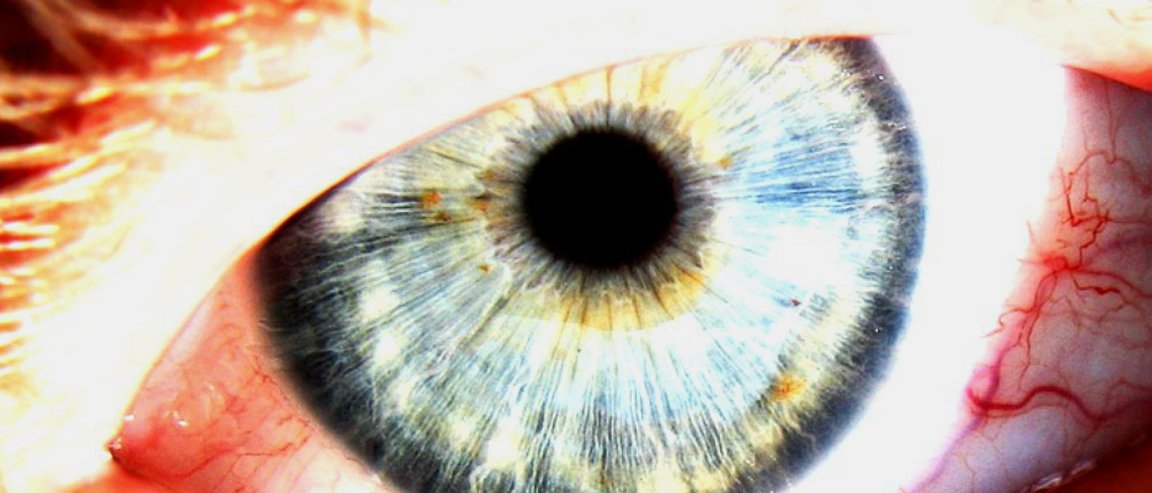
I Saw The Light
Researchers from Rockefeller University and the University of Vienna recently discovered that human eyes can detect even the smallest units of light, called photons, under super-dark conditions. This is the first time that experts were able to show this capability of the human eye.
So why is it so notable? Because even high-tech machines struggle to accomplish this task.
To break this down a bit, the cells in our eyes responsible for sensing light are called rod cells. There are about 120 million of these cells in a human eye, and they are known to become more sensitive in the dark. These cells are more far more in number as compared to our cone cells —around 6 million — which are responsible for detecting color.
A Step Forward in Testing
In the 1940’s, scientists were able to show that human eyes can detect flashes of five to seven photons at a time when the human subjects get used to the darkness. In other words, the capabilities of human eyes were not yet tested up to their limits.
The team of researchers created a device that can deliver photons to a person’s eye one at a time or not at all. They then took three men in their 20’s and subjected them to more than 30,000 rounds of tests collectively (and you think you’ve taken a lot of tests?).
In every test, the men sat in a dark room that is light- and sound-isolated while wearing headphones. Their heads were placed on a headrest for stability, and they were asked to subject their right eye to a dull, red light.
“The most amazing thing is that it’s not like seeing light,” Alipasha Vaziri, lead researcher of the paper, told Nature. “It’s almost a feeling, at the threshold of imagination.”